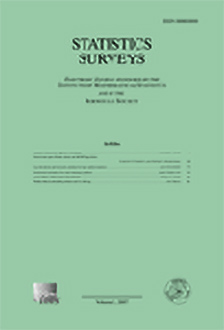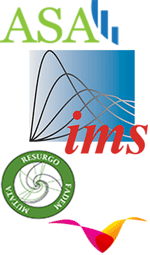Abstract
Recently, some nonparametric regression ideas have been extended to the case of functional regression. Within that framework, the main concern arises from the infinite dimensional nature of the explanatory objects. Specifically, in the classical multivariate regression context, it is well-known that any nonparametric method is affected by the so-called “curse of dimensionality”, caused by the sparsity of data in high-dimensional spaces, resulting in a decrease in fastest achievable rates of convergence of regression function estimators toward their target curve as the dimension of the regressor vector increases. Therefore, it is not surprising to find dramatically bad theoretical properties for the nonparametric functional regression estimators, leading many authors to condemn the methodology. Nevertheless, a closer look at the meaning of the functional data under study and on the conclusions that the statistician would like to draw from it allows to consider the problem from another point-of-view, and to justify the use of slightly modified estimators. In most cases, it can be entirely legitimate to measure the proximity between two elements of the infinite dimensional functional space via a semi-metric, which could prevent those estimators suffering from what we will call the “curse of infinite dimensionality”.
Citation
Gery Geenens. "Curse of dimensionality and related issues in nonparametric functional regression." Statist. Surv. 5 30 - 43, 2011. https://doi.org/10.1214/09-SS049
Information





